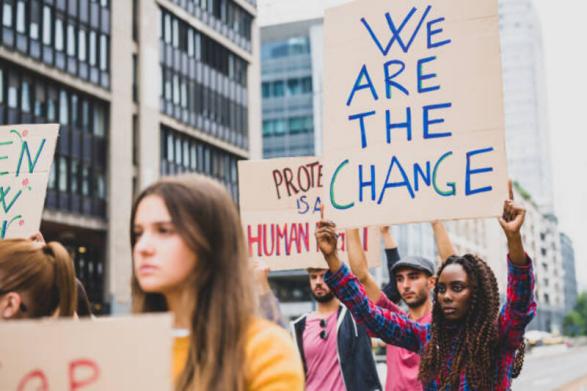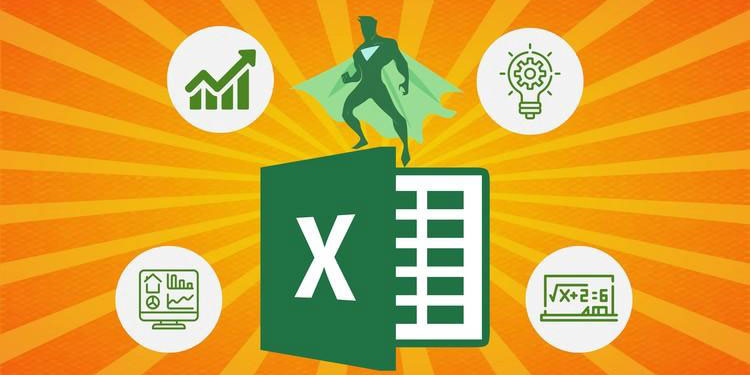The Dark Dawn of Depression: Analyzing Black Tuesday
Dec 10, 2023 By Triston Martin
The term 'Black Tuesday' resonates with a sense of gloom, anxiety, and despair. It marks October 29, 1929, a day that witnessed the most devastating stock market crash in the history of the United States, leading the world into the Great Depression. This period is characterised by an unprecedented economic downturn, widespread unemployment, and relentless financial distress. This work seeks to delve into the dark dawn of that Depression, explore the events of Black Tuesday in detail, and understand its far-reaching implications on society and the global economy. It aims to shed light on the lessons that can be learned from this historical catastrophe.
Overview of Black Tuesday

Black Tuesday saw the Dow Jones Industrial Average (DJIA) plummet by a staggering 12%, one of the biggest single-day losses in the market's history. This crash is often considered the tipping point that triggered the Great Depression, although it was just one of several contributing factors. Prior to Black Tuesday, there were signs of economic instability with rising interest rates, stock speculation, and excessive borrowing. These were the effects of an overheated economy in the 1920s, known as the 'Roaring Twenties'.
Economic conditions leading up to Black Tuesday
The 1920s were a decade of unprecedented growth and prosperity in the US. The country had emerged victorious from World War I, and technological advances brought about an era of mass production, leading to a surge in consumerism. This led to a widespread belief that the stock market would continue to grow indefinitely.
The role of the stock market and speculation
The stock market played a significant role in fueling the economic boom of the 1920s. With easy access to credit, investors began speculating on stocks, buying them at inflated prices with the belief that they could sell them for even higher prices in the future. This led to an artificial inflation of stock values, creating a bubble that was bound to burst.
The impact of excessive borrowing and credit
The availability of easy credit also led to excessive borrowing by individuals and businesses. This resulted in an increase in consumer debt and a buildup of unsustainable levels of corporate debt, which ultimately contributed to the economic collapse.
Black Tuesday: The Day of the Crash
On October 29, 1929, the stock market witnessed a sharp decline in stock prices, leading to panic selling and widespread fear among investors. The Dow Jones Industrial Average lost over $14 billion in value that day, equivalent to around $206 billion in today's terms.
Causes of Black Tuesday
There were several factors that led to the crash on Black Tuesday, including:
- Overvalued stocks: The stock market had been experiencing rapid growth for several years, and many stocks were overvalued.
- Margin buying: Investors could purchase stocks with only a small percentage of the total value, known as margin buying. This practice led to high levels of indebtedness among investors, making them more vulnerable to market fluctuations.
- Insider trading: Rumors of insider trading and market manipulation contributed to the panic and subsequent crash.
Black Tuesday and its aftermath
On October 24, 1929, known as 'Black Thursday', the stock market suffered a steep decline, losing over $11 billion. This was followed by Black Monday on October 28, which saw another sharp drop in stock prices. The combined effects of these three days resulted in the stock market losing an estimated $30 billion in value.
Impact on the global economy
The crash had far-reaching implications for the global economy, leading to a domino effect of economic downturns in other countries. The US economy, which had been the world's strongest, was now in shambles. This led to a decrease in international trade, further worsening the economic situation.
Social and cultural impact

The Great Depression resulted in widespread unemployment, poverty, and homelessness. It also had a significant impact on people's mental health, leading to a rise in cases of depression and suicide. The social fabric of the country was torn apart, with many struggling to survive.
Impact of Black Tuesday
The effects of Black Tuesday were widespread, both in the US and internationally. In the US, banks failed, businesses closed, and millions lost their jobs. The unemployment rate rose to 25%, and GDP fell by nearly 30%. The Depression also had a significant impact on the rest of the world, especially in Europe, where trade and investment with the US came to a halt.
Lessons learned from Black Tuesday
Black Tuesday serves as a stark reminder of the dangers of speculation, excessive borrowing, and market manipulation. It also highlights the importance of government regulation and supervision to prevent such economic catastrophes from occurring in the future.
The Great Depression and Black Tuesday remain significant events in history, reminding us of the fragility of our global economy and the importance of learning from past mistakes to prevent similar crises in the future. So, we should be vigilant and ensure responsible economic practices are adopted to avoid another dark dawn like Black Tuesday.
How economic policies and practices changed post Black Tuesday?
In the aftermath of Black Tuesday and the Great Depression, there were significant changes in economic policies and practices to prevent a similar event from occurring again. These include:
- Creation of regulatory bodies: The Securities Exchange Commission (SEC) was established to regulate stock market activities and prevent insider trading. The Federal Reserve was also given more power to oversee monetary policy and regulate banks.
- Adoption of Keynesian economics: The ideas of British economist John Maynard Keynes gained popularity, leading to a shift towards government intervention in the economy through measures such as fiscal policies and public works projects. This helped stimulate economic growth and reduce unemployment.
- Introduction of social safety net programs: The New Deal, introduced by President Franklin D. Roosevelt, included programs such as Social Security and unemployment insurance to provide a safety net for citizens during times of economic hardship.
Conclusion
Black Tuesday remains one of the most significant events in US history, marking the start of the Great Depression and bringing about lasting changes in economic policies and practices. It serves as a reminder of the consequences of unchecked speculation, excessive borrowing, and inadequate government regulation. The lessons learned from Black Tuesday continue to guide economic practices and policies, making it a crucial event in our understanding of the modern economy. So, it is essential to remember this dark day in history and use its lessons to build a stronger and more stable economic future for all.





